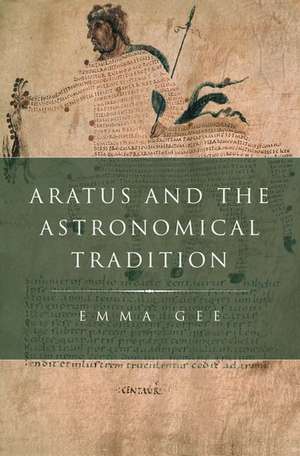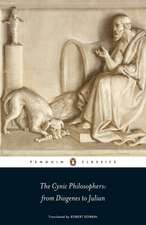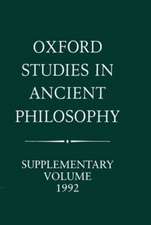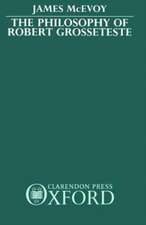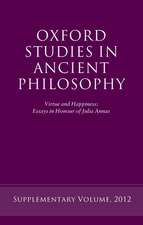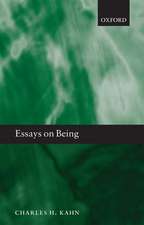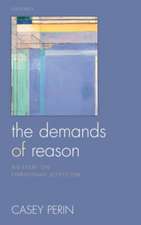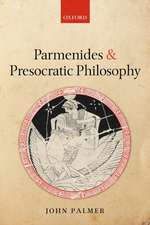Aratus and the Astronomical Tradition: Classical Culture and Society
Autor Emma Geeen Limba Engleză Hardback – 14 noi 2013
Preț: 523.26 lei
Preț vechi: 748.83 lei
-30% Nou
Puncte Express: 785
Preț estimativ în valută:
100.14€ • 103.91$ • 83.70£
100.14€ • 103.91$ • 83.70£
Carte tipărită la comandă
Livrare economică 04-10 martie
Preluare comenzi: 021 569.72.76
Specificații
ISBN-13: 9780199781683
ISBN-10: 0199781680
Pagini: 320
Ilustrații: 1 illus.
Dimensiuni: 236 x 155 x 31 mm
Greutate: 0.57 kg
Editura: Oxford University Press
Colecția OUP USA
Seria Classical Culture and Society
Locul publicării:New York, United States
ISBN-10: 0199781680
Pagini: 320
Ilustrații: 1 illus.
Dimensiuni: 236 x 155 x 31 mm
Greutate: 0.57 kg
Editura: Oxford University Press
Colecția OUP USA
Seria Classical Culture and Society
Locul publicării:New York, United States
Recenzii
Emma Gee's learned, authoritative and lucid book gives us a new understanding of the historical importance of the Hellenistic poet, Aratus. Aratus' learned poem on the night sky was read and translated and argued over from the third century BC up to the era of Copernicus. Until now the poem's popularity has been simply baffling, but Gee's crisp and witty arguments explain not just why Aratus was popular but why he mattered. As a template for how to fuse astronomical data with an imaginative vision of an ordered cosmos, Aratus was never out of fashion, whether providing a model for Stoic providence or being deconstructed by the atomist Lucretius. At last, thanks to Gee, we can start to understand where Aratus belongs in the scientific tradition of the West.
In this extremely erudite book, G. provides clever analyses (particularly the intertextual chs 3 and 4) that will certainly set a template for future Aratean studies.
In this extremely erudite book, G. provides clever analyses (particularly the intertextual chs 3 and 4) that will certainly set a template for future Aratean studies.
Notă biografică
Emma Gee is Lecturer in Classics at the University of St Andrews.
